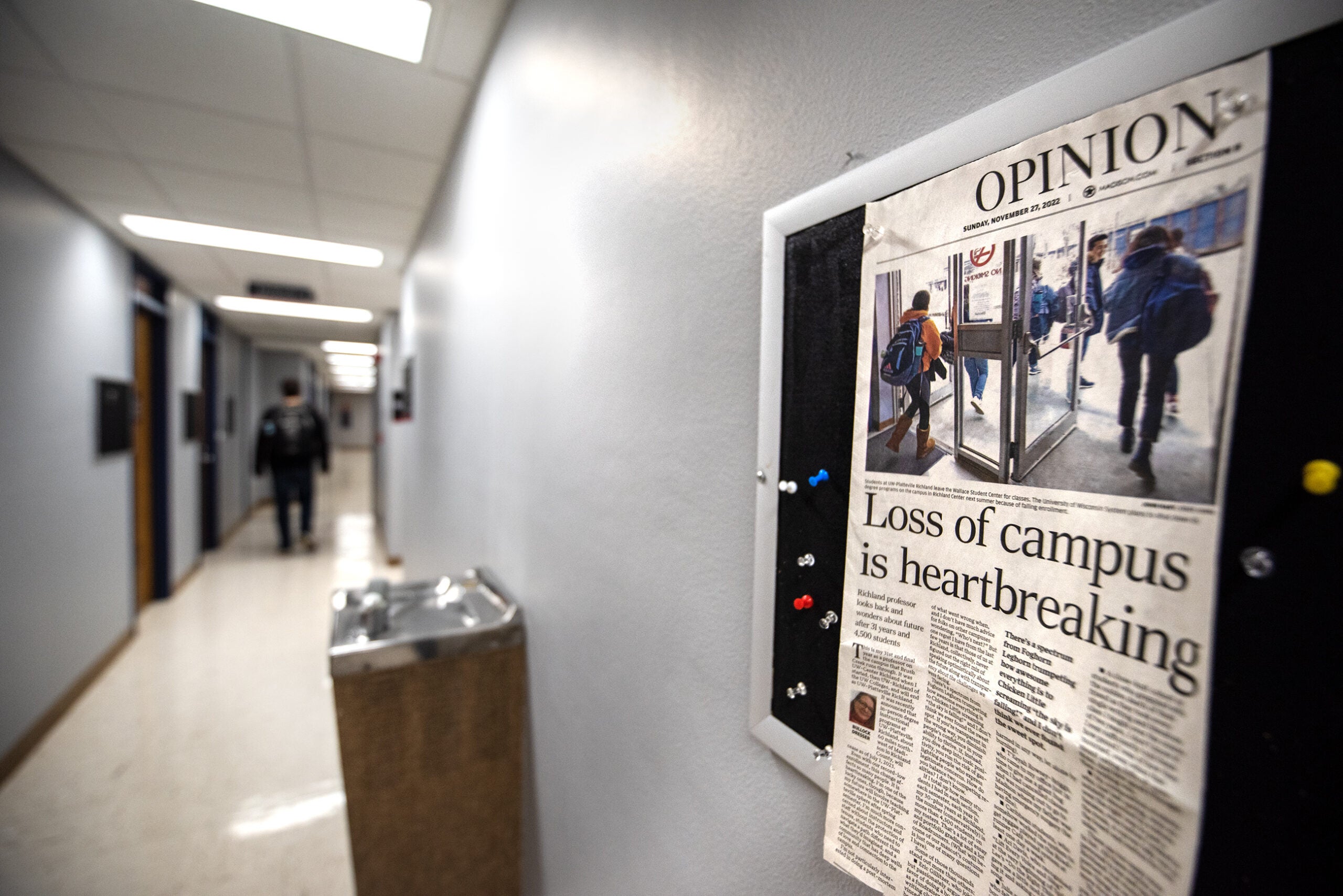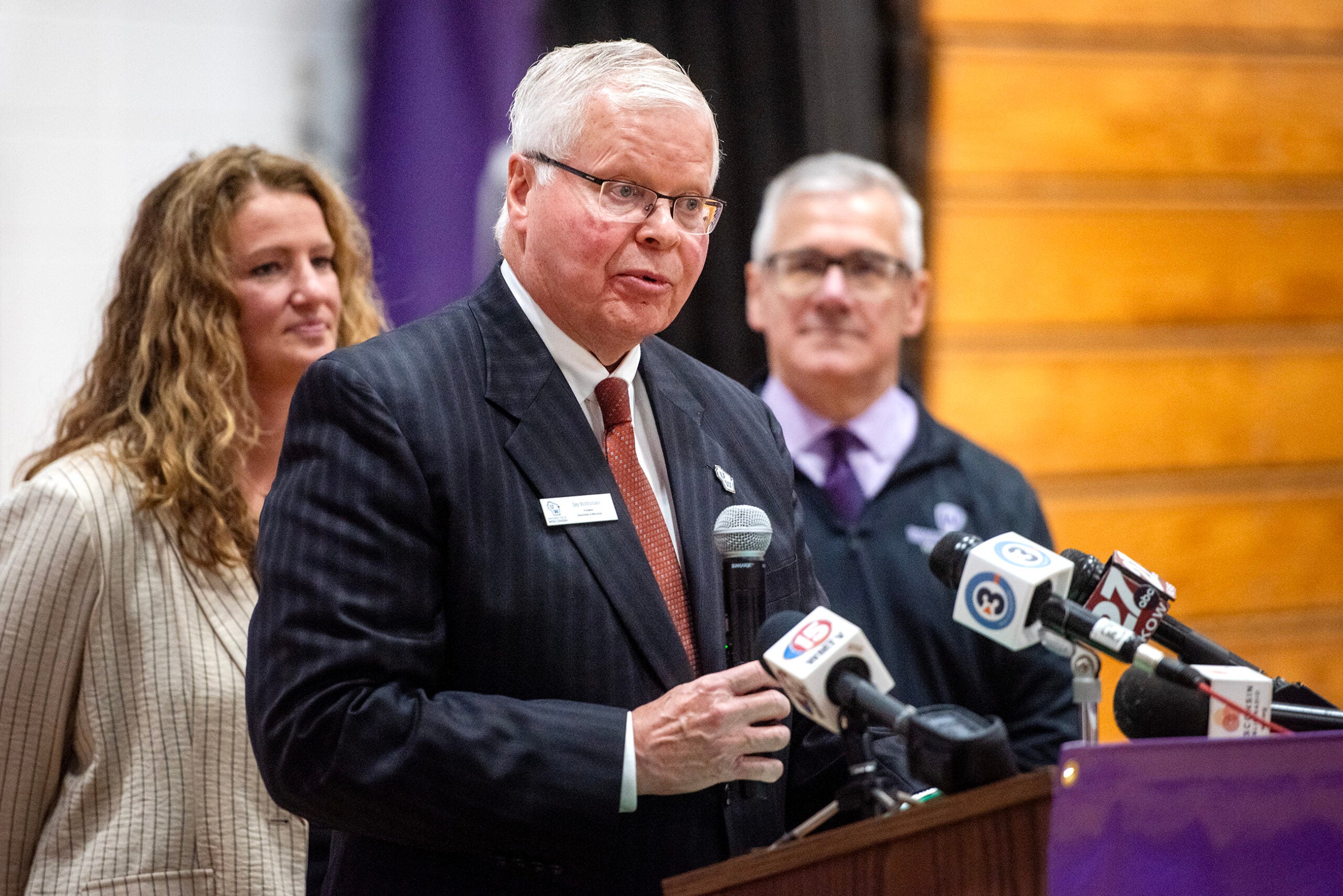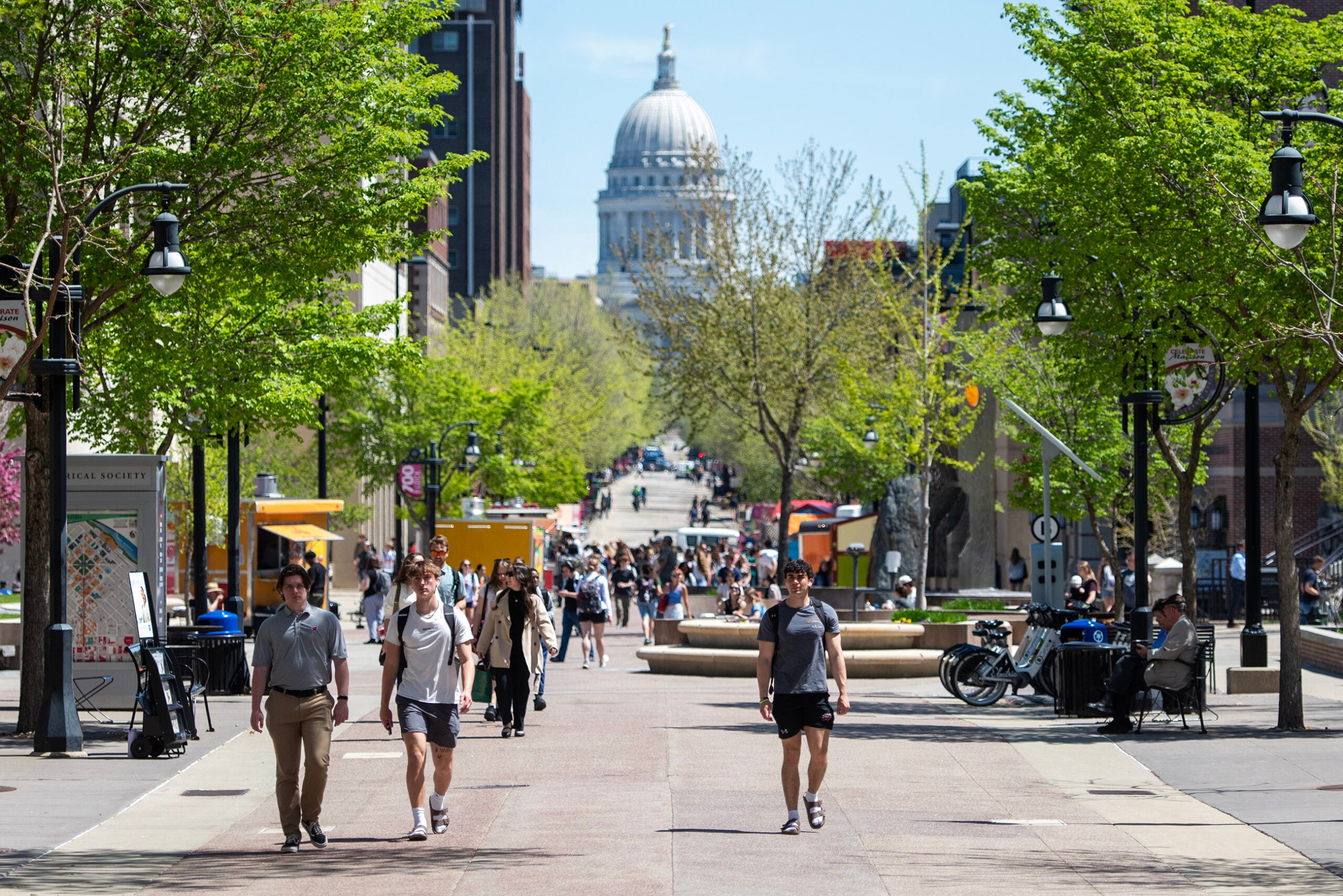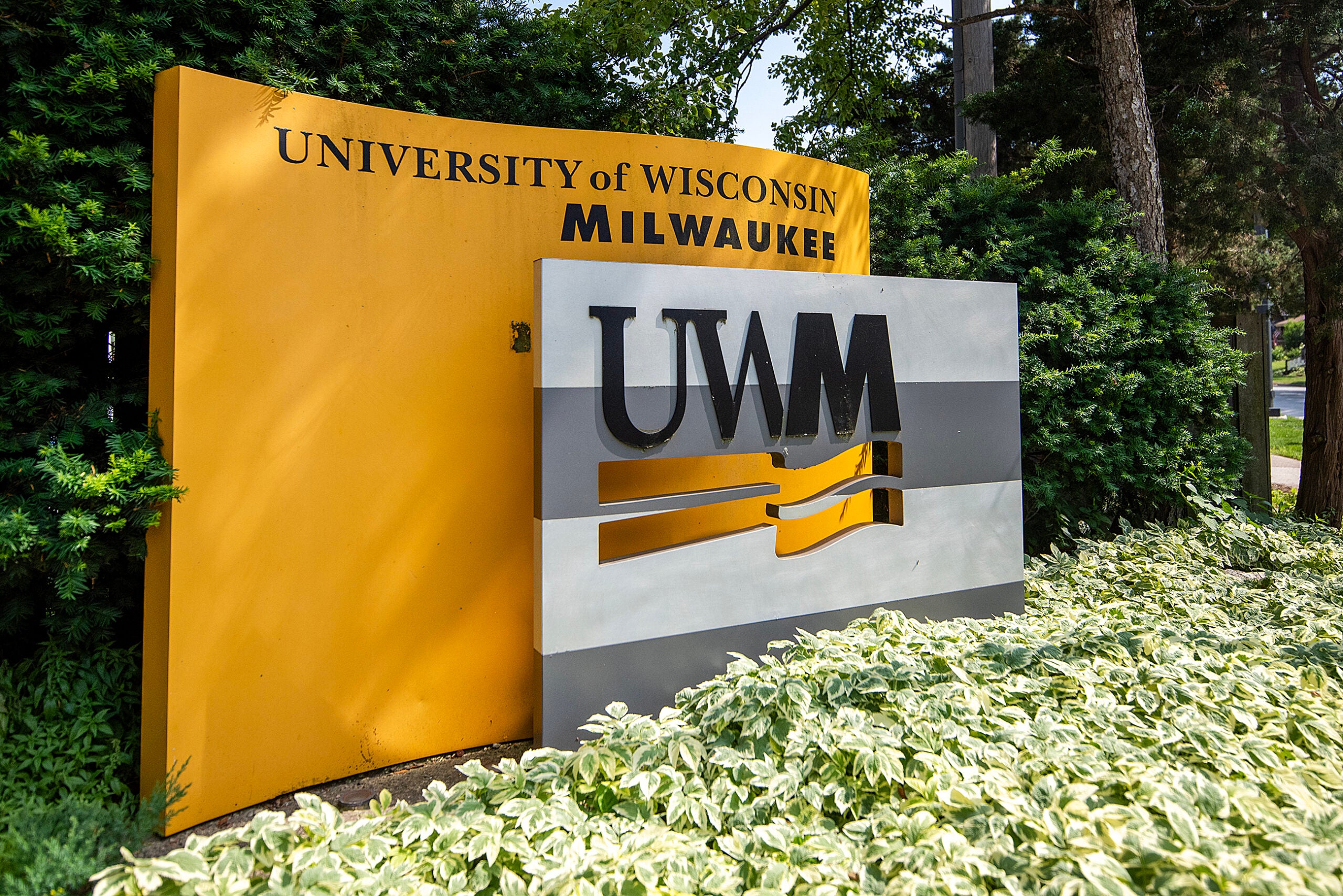Enrollment at the University of Wisconsin System’s universities dropped more than twice the national average for public four-year institutions this fall, according to new data from the National Student Clearinghouse Research Center.
Survey data from nearly all colleges and universities in the U.S. show that overall, public four-year university enrollment remained relatively stable nationwide, dropping only two-tenths of a percent during the first full semester of the 2020 pandemic when compared to data from fall of 2019.
In the same timeframe, preliminary enrollment data from 13 UW System four-year campuses show a drop of 2,210 students for a decline of 1.37 percent when compared to final enrollment numbers from the 2019 fall semester.
News with a little more humanity
WPR’s “Wisconsin Today” newsletter keeps you connected to the state you love without feeling overwhelmed. No paywall. No agenda. No corporate filter.
In a statement emailed to WPR, UW System Spokesman Mark Pitsch said administrators were pleased with the fall headcount.
“We’re gratified with UW System enrollment this fall, including a 2 percent increase in underrepresented students of color, as we face both demographic and pandemic challenges,” said Pitsch
Doug Shapiro, director of the National Student Clearinghouse Research Center, said he couldn’t speak to the differences between the UW fall enrollments and the national average, but he said he was expecting steeper declines in enrollment at public, four-year universities across the country.
“I think the four-year colleges in many states really stepped up their efforts to attract students who were ready to transfer from community colleges, even if they hadn’t finished an associate degree,” Shapiro said. “So, that helped to bolster the four-year institution numbers.”
The Student Clearinghouse report shows that enrollment dropped by an average of 4.5 percent across all Wisconsin colleges and universities in the fall of 2020 compared to fall of 2019. That works out to 13,303 fewer students year over year.
Shapiro said Wisconsin’s overall enrollment decline nearly matches the 4.7 percent enrollment decline at colleges and universities across the Midwest. He said higher education institutions across the region also saw enrollment declines of 2.5 percent in the fall of 2019 but it’s clear COVID-19 has fueled the trend.
“The pandemic accelerated that by almost doubling it to 4.7 percent decline in the total number of students enrolled in the Midwest,” said Shapiro. “And Wisconsin is again right in line with that general average for the Midwest.”
College administrators have pointed to declining birth rates in Wisconsin and the Midwest overall as one driver in current and projected enrollment declines. UW-Madison Applied Population Laboratory researcher Sarah Kemp said while high school enrollment data from the 2019-2020 school year shows an average decline of 3 percent the number of 12th grade students was relatively unchanged compared with the previous school year.
Kemp said her research shows that while there are fewer elementary students enrolling. She is seeing a larger number of middle-school students moving their way toward high school.
“And so, we anticipate that will continue over the next four or five years, that those 12th graders will remain steady, if not increase slightly,” said Kemp.
Still, Kemp said the number of high school students is projected to decline by 5 percent over the next 10 years.
The biggest declines noted across higher education were reported by two-year community and technical colleges. Nationwide, two-year campus saw more than a 10 percent drop in enrollment this fall compared the same time last year.
“The most concerning aspect of these numbers for higher education and for the nation is the inequitable impact of a pandemic and the economic crisis that that accompanies it,” said Shapiro. “Community college students are much more likely to be from low income households and have suffered the most in terms of being able to pursue their college goals this fall.”
Shapiro said it’s possible that two-year enrollments could increase with COVID-19 vaccinations and some return to normalcy, but he said the future is far from certain.
Wisconsin Public Radio, © Copyright 2026, Board of Regents of the University of Wisconsin System and Wisconsin Educational Communications Board.







